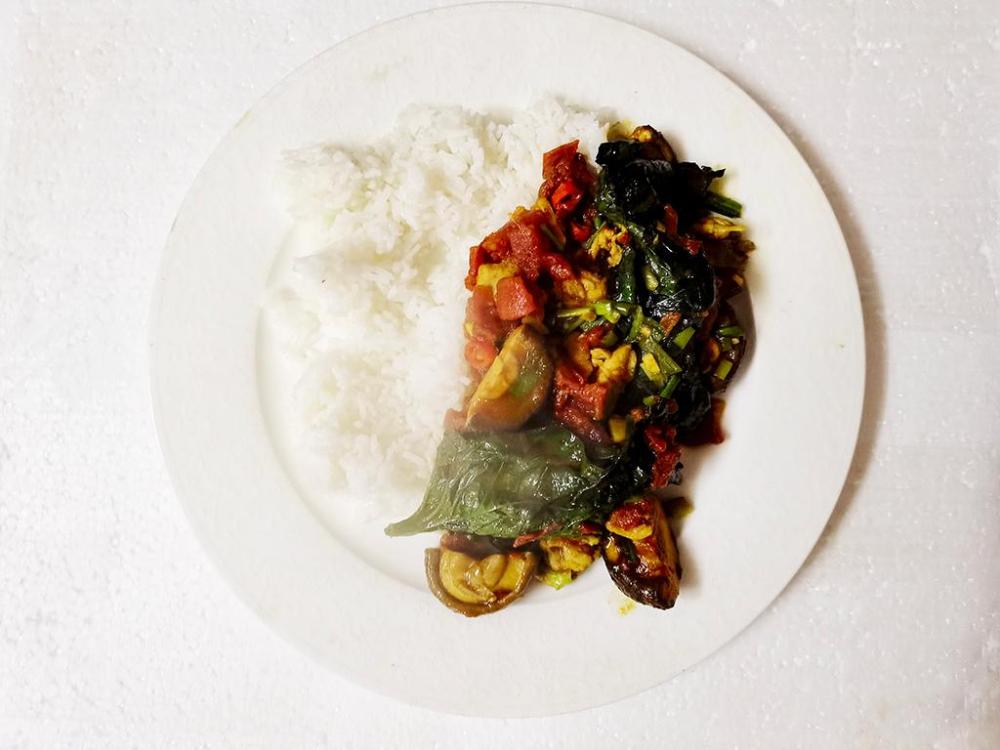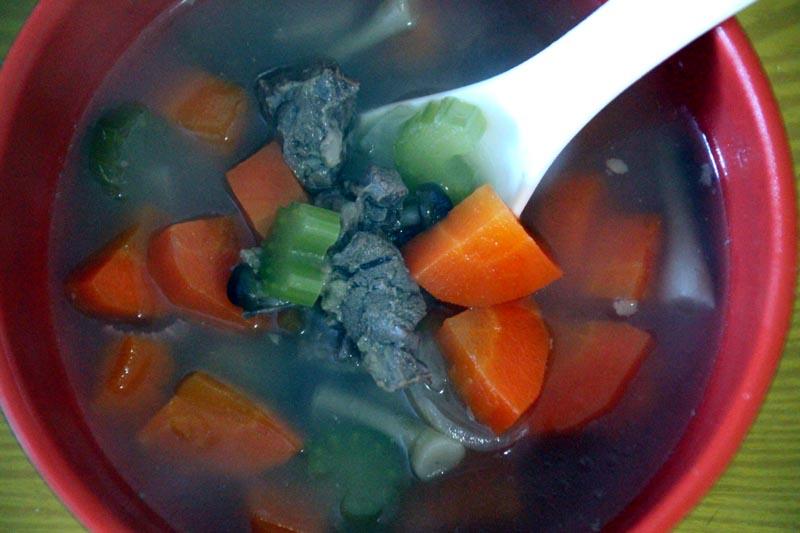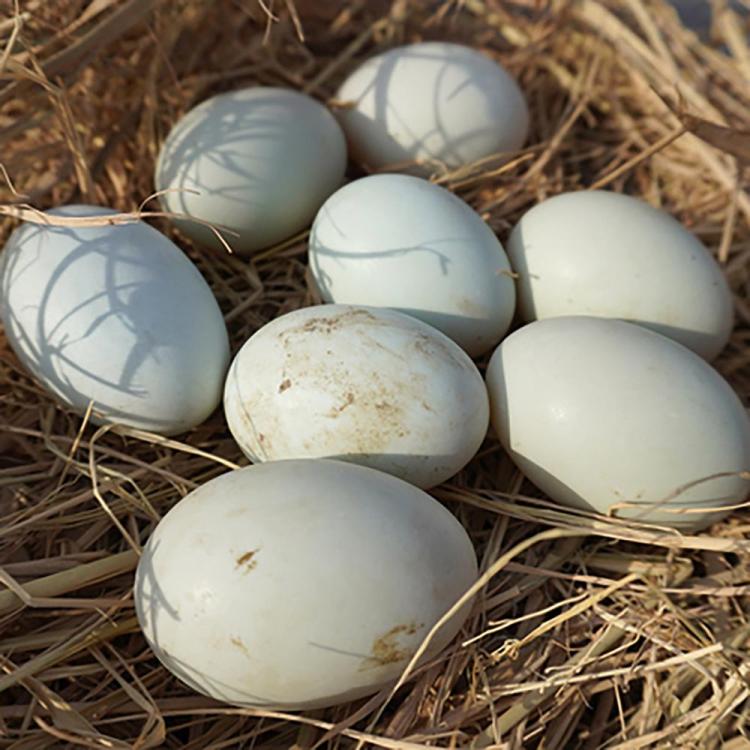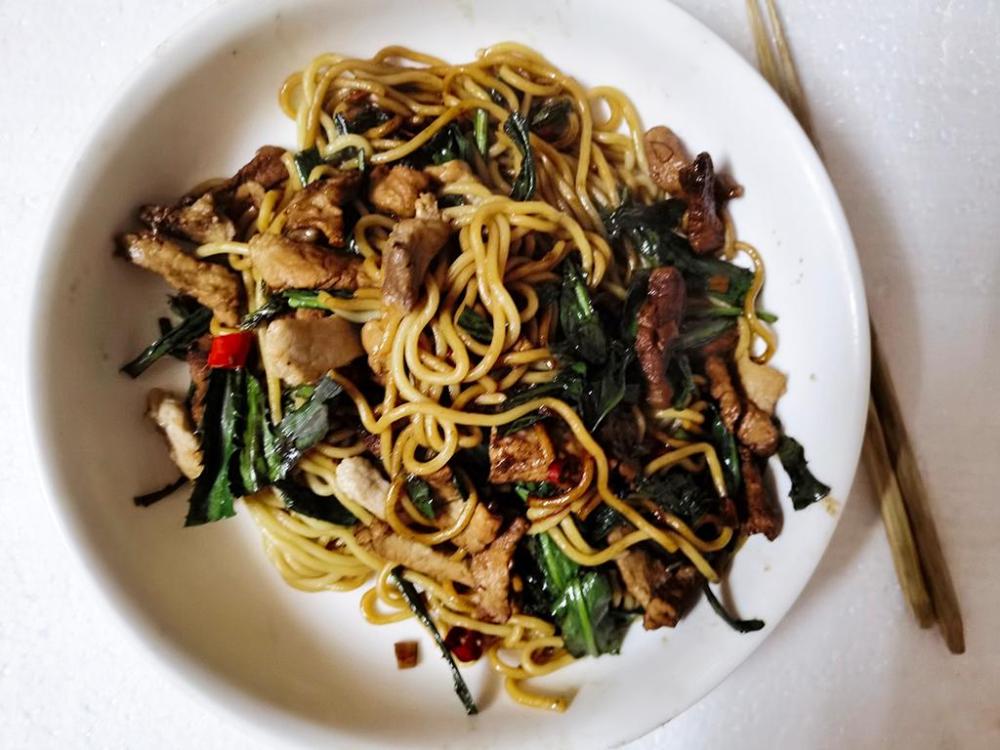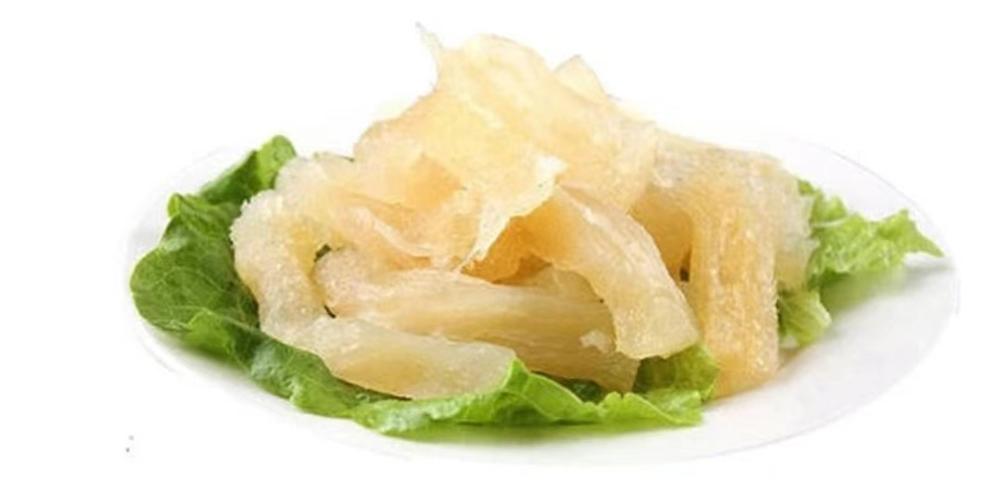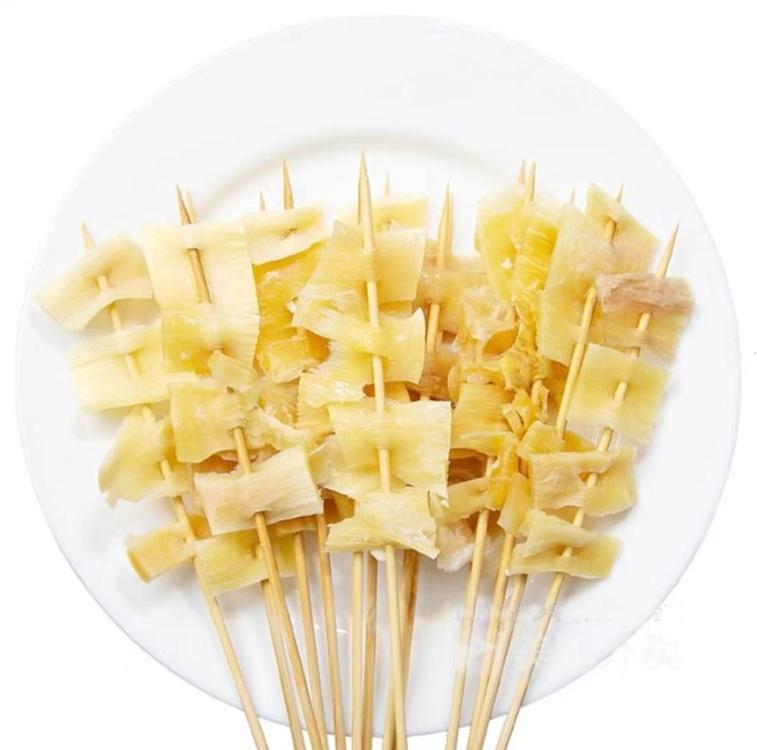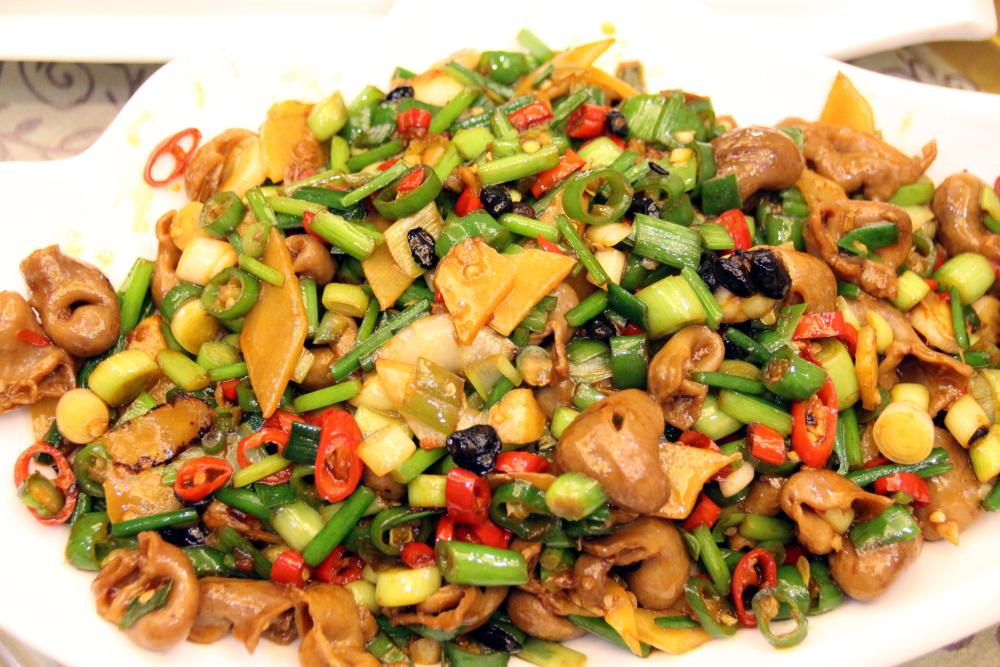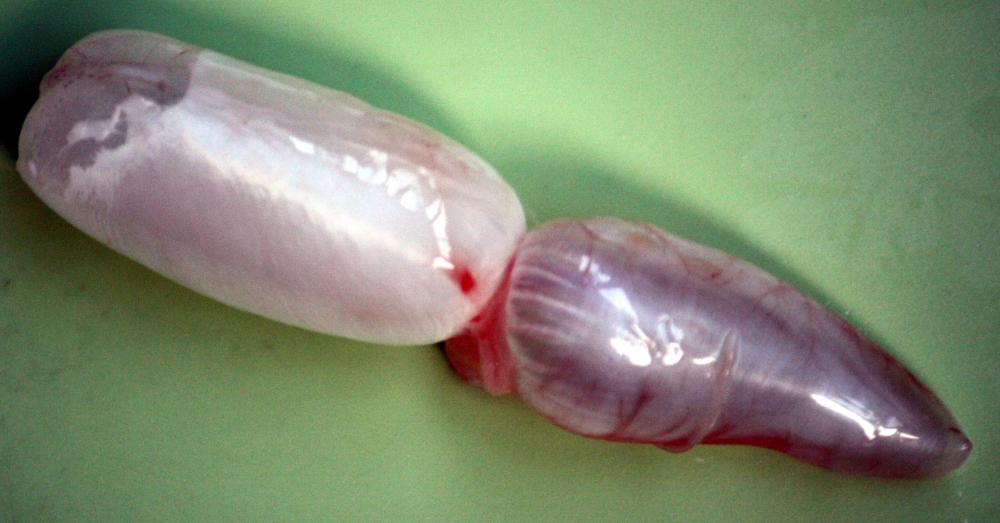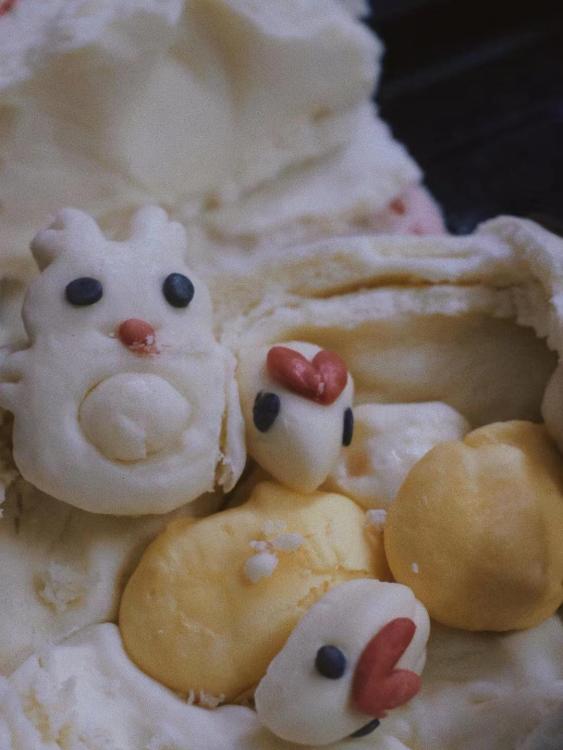-
Posts
16,751 -
Joined
-
Last visited
Content Type
Profiles
Forums
Store
Help Articles
Everything posted by liuzhou
-
Chicken and Mushroom Curry with Spinach and Tomatoes Boned (or de-boned) a couple of chicken drumsticks, added garlic, chillies, "Indian" curry paste and chopped tomatoes. Put the rice on in the rice cooked and when it was ready added the shiitake to the curry. After a few minutes added spinach, then some chopped Chinese chives. Served and ate. Seconds were consumed. Still some left for lunch tomorrow.
-
So, at last we reach the end, not necessarily of this topic but the end of the animal. The tail end, so to speak. Pig's Tail Oxtail is eaten around the world as are the tails of pigs and, less often, sheep and lambs. The first thing to say is that very few oxtails today are the tails of oxen (castrated male bovines used for draught purposes. Mechanization did away with that). They were in the past, but today are usually the tails of beef cattle of either gender. Oxtail soup is a favourite comfort food in my family – either freshly made or canned. I was brought up on the latter. Oxtail and Vegetable Soup But a whole oxtail is a large appendage and butchers are often unwilling to cut them and have customers battling over the thick cuts from the ass end and not wanting the parts from further towards the end - the tail of the tail! So they cut it into slices and mix them. A pig tail is much more manageable and, in my view, just as good if not better. But I must say that pig's tails are not always curly. They only curl after the tail is bitten by another pig in hierarchy fights. Again, they need depilating and should be well washed before cooking. Should you lay your hands on some good oxtail, then this web page from The Spruce Eats has some valuable advice and information. As for the pork tails, I am very much in favour of this treatment with a Chinese twist. They can also be deep fried or slow braised. The interwebs are full of suggestions. How do you use them? Lamb's tails (besides being a cocktail) are highly prized in Western China and Mongolia for their tasty fat. Chunks of sheep / lamb meat and pieces of the animal's tail fat are interspersed on skewers and grilled over charcoal. These skewers can be bought at night markets across China. Visitors to Xi'an, home of the Terracotta Warriors, should partake!
-

Culinary Treasures in the Australian Countryside
liuzhou replied to a topic in Australia & New Zealand: Dining
Imperial Indian Pale Ale. Sometimes called DIPA (Double Imperial Pale Ale). https://justbeerapp.com/article/beer-styles-201-doubleimperial-ipa -
No shortage here, either. No price hikes, either. Also, in stores and markets, eggs are nearly always weighed to determine cost. I buy super-fresh sea duck eggs online and they are, sold by number. All online sales are by number, although they also often list the approximate weight. My duck eggs come overnight from a nearby city and are a lot more expensive than 'regular' eggs, but in my mind worth it. Average-sized regular eggs go for the equivalent of $2.00 USD / dozen. Larger or free range might go for nearer $3.00. My duck eggs are $4.00. Ad for free range eggs Not that they are sold by the dozen. We're decimal! Or sell by the eight - that being China's luckiest number. Sea duck eggs
-
I'm guessing, but beef fat is cheaper than lamb fat and more plentiful. Not traditional, though.
-
THE way to present. Haggis always in the middle. I remember thinking the one you had in The Last Drop was plated "wrongly".
-
I've never had it (wouldn't want to) but I've certainly seen it, always the brand @Duvelshowed.
-
Just watched the final episode. Feeling I want more, which echoes Kiyo's cooking. But it had to finish there. Thoroughly enjoyed it and I shall rewatch. I've tried to avoid any spoilers, but the sight of someone peeling a boiled egg then holding the egg up to her face and looking at it with an expression of pure love will remain with me. Ōkini
-
炒面 (chǎo miàn). Pork, culantro, garlic, pickled ginger, chilli, Shaoxing wine, soy sauce, hand-pulled noodles。
-
So far as I know, the next on my list is only eaten in Asia or among the Asian diaspora. No doubt I’ll be corrected if I’m wrong. Tendons of various animals, poultry and animals alike, are eaten In China and several nearby countries including the Philippines, Japan and Vietnam, as well as other SE Asian countries. The favourite though, is beef tendon. Tendon are, of necessity, very tough. Try pulling a beef cow around a field! The tendons tend to be boiled for at least three hours to soften them up enough to be edible, although up to eight hours is often better. Even then they can remain chewy. They are also deep fried. I’m told that in Korea, soesim (쇠심), as they call tendons, are often steamed under pressure to achieve a soft end product. Beef Tendons I’ve had beef tendons (gân bò) appear in phở in Vietnam. Here in China, 牛筋 (niú jīn), beef tendons are sold pre-cooked in the supermarkets and industrially processed in corner shops. The appear as street food in the form of tendon on a stick - 板筋串 (bǎn jīn chuàn). However, they are also a popular dim sum, usually marinated in garlic to make 蒜爆牛筋 (suàn bào niú jīn). Tendon on a Stick? And there is nothing new about vegetarian versions of meat; China has been making vegetarian “tendons” since forever. Images from Meituan Online Shopping Portal, China
-
I just found English subtitled episodes of episodes seven and eight, too.
-
It is about friendship; very, very little about family relationships. It is also full of food but not 100% about food. If I want that I'll watch Hell's KItchen. Well, maybe not. Reruns of Julia Childs are available on YouTube.
-
Thanks. I have been able to find the first three episodes subtitled (my preference), but that's all. My Japanese is rudimentary at best; the Japanese version leaves me with many more questions than answers.
-
I'm up to episode 7. I was thinking today, always dangerous, and realised that there are no moments of flashy, showy cooking of expensive, hard-to-source ingredients. Instead there is joy in the simple made with delight. I know she's only acting but there is something full of love in the close ups of her face as Kiyo cooks or learns something new to her in the bonito flake store. We see a pot of udon noodles boiling or her chopping scallions and want to eat them and share that happiness. I have both the original Japanese version and the dubbed version. Usually I hate dubbing but this is cleverly done and even the voices of the two main characters match the real ones. How is it being shown on Netflix - dubbed or subtitled?
-
¥2.5 / 250g ($0.49 CAD) 😉
-
I love oysters but always eat them raw. Dislike grilled specimens which is how they areusually served here. However, I'd give those a try. I can't remember how young I was when I had my first alcohol with dinner. Maybe 5 or 6. French mother watered it down and it became less and less dilute over the next ten years. By 16, it was full strength. Normal behaviour for her. It is supposed to teach responsible use of alcohol. Not sure if that works all the time!
-
Wikipedia is unusually on point regarding this.
-
That is traditional. Never heard of leeks being subbed though.
-
I think only on Netflix. I get it through Chinese channels.
-
I've now watched four episodes. The stand out moment so far is where someone (I won't say who) eats some stewed eggplant that Kiyo has cooked and crumbles into tears at how good it is. The series is full of little moments like that, which could get mawkish but never does thanks to the excellent acting. You can really feel the delight Kiyo gets from the compliment. It is treading the fineline betwen sentimentality and genuine happiness but sure-footedly landing on the right side every time.
-
Of course it’s not only mammals we eat. Reptiles, fish, amphibians, insects etc all feature in diets around the world. I’ve briefly mentioned fish livers in passing, but there are other parts that could be said to entail nose-to-tail. (I’m ignoring sharks’ fins, as should everyone given the way they are harvested.) The lips and “tongues” of some species (usually cod in the case of “tongues”). The lips are real but the tongues aren’t – they are actually a muscle at the back of the fish’s neck. But what I want to mention today is a part of the fish which, although it literally has no taste, is highly prized in China and neighbouring countries for its textural qualities and ability to take on flavours from other ingredients. It is mostly just collagen. The internet is littered with articles telling us that fish maw is the dried swim bladder. Wrong. It is simply the swim bladder, dried or not. I guess, the writers of those articles have only ever seen them dried, as that is how they are sold away from China. In Chinese they are 鱼鳔 (yú biào) or 花胶 (huā jiāo), although they are often misnamed as 鱼肚 (yú dǔ) which means ‘fish stomach’. It certainly isn’t a stomach. For anyone who doesn’t know, the swim bladder is what enables bony fish to control their depth, allowing them to sink or float at will. Not all fish have them. Some have alternative flotation methods; others, most noticeably sharks, can only keep moving using muscle power. If they stop, they sink and die. Fish Maw Fish maws, originally sturgeon but today mostly cod, are used to make isinglass, used to clarify some beers and wines. They are also used to make glue. The yellow croaker (黄鱼 (huáng yú), Larimichthys polyactis) is a desired food species but is being driven into the ‘endangered species’ category in waters off Brazil in the drive to keep Chinese diners demand for their maws satisfied. The maws are dried on board and flown to Hong Kong from where some enter mainland China; some legally, some otherwise. Quotes from this informative Al Jazerra article. The high price of these maws has also led to the bladders being faked. Squid, shark's skin or fins are soaked in hydrogen peroxide and sulphur then heated and formed into ‘maws’. Real dried maw should be golden-yellow in colour and not the whitish, yellow tinged of the fakes. The real deal also has an obvious grain to it which is missing in the counterfeit variety and finally they should smell briny. Fake maws have either no scent or smell of the plastic they are sold in! Cheaper maws, less desirable maws are widely available in China’s supermarkets. Like lumpfish roe compared to beluga caviar. My local stores and markets all have maws from freshwater fish mainly carp, especially big-head carp (大头鱼 (dà tóu yú), Hypophthalmichthys nobilis), grass carp (草鱼 (cǎo yú), Ctenopharyngodon idella) and crucian carp (黑鲫 (hēi jì), Carassius carassius). So what do they taste like? Well, if you wrap it in a paper bag, that bag will have more flavour. As with many ingredients in Chinese cuisine, they are valued only for their texture. They are most often employed in soups where they pick up flavours from the other ingredients. Here is a non-soup dish of stir fried vegetables with fish maw and chillies which I ate in Hunan. Everything comes with chillies in Hunan! Hunan Fish Maw Stir Fry
-
-
Haggis ice cream, anyone?
-
Oh, I got what you meant. Here is an interesting bit of info regarding 'collar'. from the Oxford Companion to Food Second Edition 1999.


